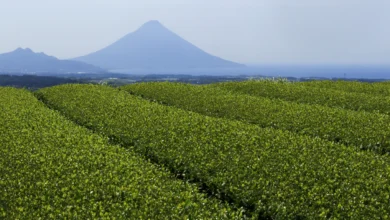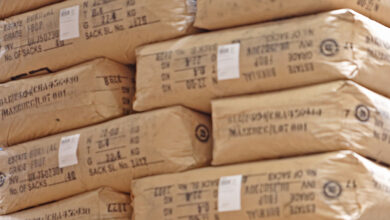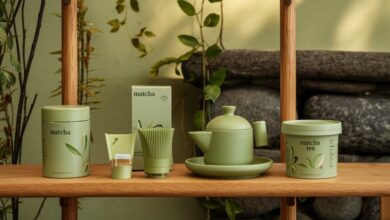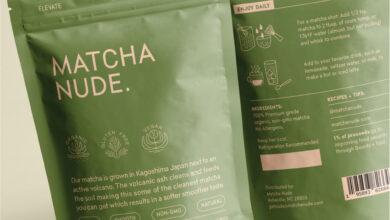How to Start a Zero-Waste Matcha Packaging Line in India
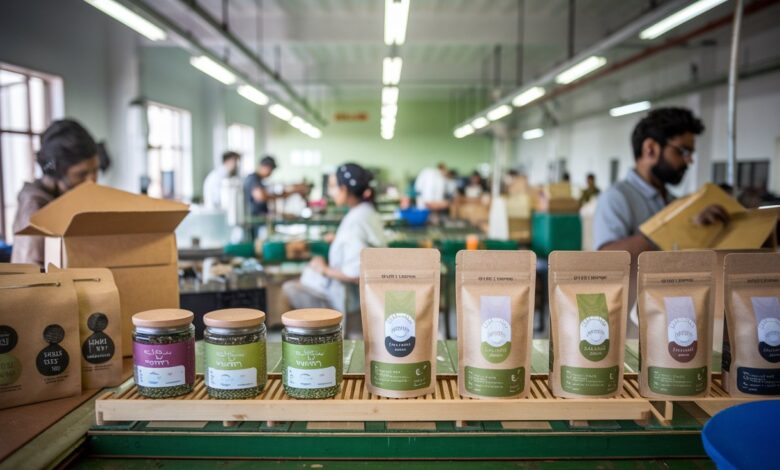
Introduction
As a matcha farmer and green entrepreneur, I’ve always believed that sustainability is not just about growing organically—it extends to how we package our product too. Packaging is often overlooked, but it plays a critical role in your brand’s impact on the environment. In this article, I will share my journey and guide you through how to start a zero-waste matcha packaging line in India, based on real experiences and challenges.
Why Zero-Waste Packaging Matters
Environmental Impact of Traditional Packaging
Many tea and matcha brands in India still use plastic or foil packaging that ends up in landfills. These materials are not biodegradable and often pollute rivers and soil.
What is Zero-Waste Packaging?
Zero-waste packaging means that every component is biodegradable, recyclable, or reusable. It ensures your packaging doesn’t contribute to pollution or landfill waste.
Initial Steps to Build a Zero-Waste Packaging Line
1. Conduct a Waste Audit
Start by analyzing what kind of packaging waste your business currently generates. Use a table like the one below:
| Packaging Component | Current Material | Disposal Method | Alternative Suggestion |
|---|---|---|---|
| Pouches | Plastic/Foil | Landfill | Paper + PLA Liner |
| Labels | Vinyl Stickers | Landfill | Compostable Paper |
| Tape | Plastic Tape | Landfill | Water-activated Paper Tape |
2. Find Sustainable Material Suppliers
Look for local Indian suppliers that offer sustainable options like:
- Kraft paper pouches
- PLA bioplastic
- Glass jars (for premium lines)
- Seed paper for tags/labels
Some helpful sourcing platforms:
- Indiamart (search: biodegradable packaging)
- Ecoware.in
- BioPak India
3. Optimize Packaging Design
Minimalism is key. Avoid extra layers or secondary boxes. Design flat pouches with one print to reduce material.
Cost and ROI Consideration
It’s a myth that sustainable packaging is always more expensive. If planned well, it can be cost-effective.
| Packaging Type | Estimated Cost per Unit | Shelf Appeal | Recyclability |
|---|---|---|---|
| Plastic Pouch | ₹0.50 | Medium | No |
| Kraft Paper + PLA | ₹1.00 | High | Yes |
| Glass Jar + Cork Lid | ₹2.50 | Very High | Yes (Reusable) |
Also, zero-waste packaging boosts brand value. Consumers are more likely to trust and pay extra for brands with a strong environmental ethic.
Real-Life Packaging Choices I Made
While building my green tea brand (Read My Story), I experimented with different options:
- For daily matcha packs: Kraft + PLA zipper pouches
- For gifts: Glass jars in corrugated recycled boxes
- For bulk orders: Paper bags with starch-based liners
These choices not only made my brand visually unique but also reduced my carbon footprint.
Related Articles You Should Check
Internal linking for deeper learning:
- Learn how I built a Profitable Green Tea Brand
- My full Matcha Farming Guide for Beginners
- Know about Sustainable Matcha Packaging Trends
- Start your export journey with the Matcha Export Guide
Common Challenges and Solutions
Challenge 1: Finding Indian Suppliers
Solution: Initially, I relied on importers. But within 3 months, I found local producers through B2B expos and online directories.
Challenge 2: High MOQs (Minimum Order Quantities)
Solution: Partnered with other small tea brands to place joint orders.
Challenge 3: Print Quality on Kraft
Solution: Use eco-inks and focus on earthy design instead of bright printing.
FAQs About Zero-Waste Packaging for Matcha
Q1: Is biodegradable packaging food-safe?
Yes, as long as it is certified food-grade. Always check for FDA or FSSAI approval.
Q2: Can I brand my packaging with eco-friendly inks?
Absolutely. Look for soy-based or water-based inks.
Q3: What’s the best packaging for exports?
Compostable ziplock pouches with QR code and recyclable outer box.
Q4: Is this suitable for small-scale matcha sellers?
Yes. Even 50-100 unit batches can be packaged sustainably with proper planning.
Conclusion
Starting a zero-waste matcha packaging line is not just about saving the planet—it’s also about building a modern, conscious, and competitive brand. With rising consumer awareness in India and abroad, going zero-waste isn’t just good ethics—it’s good business.
If you’re serious about sustainable matcha farming, don’t stop at the farm—make sure your packaging also walks the talk.

